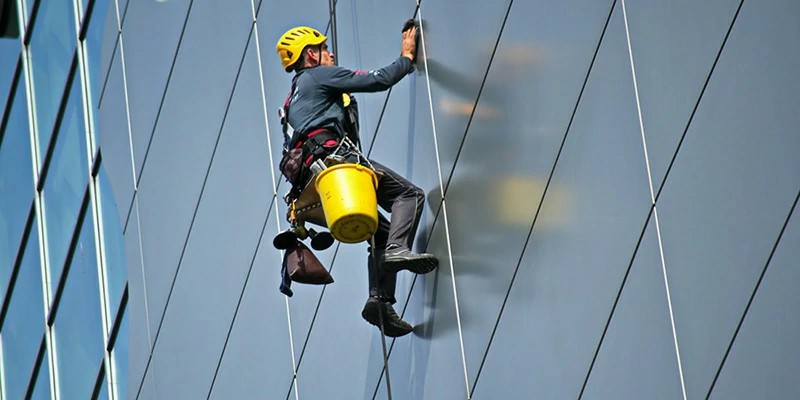


 349,500 Offered Certificates
349,500 Offered Certificates
 24/7 Online Training
24/7 Online Training
 Money Back Guarantee
Money Back Guarantee
 Fully Accredited Courses
Fully Accredited Courses

Created at: 22-02-2025 18:21
In today’s fast-paced work environment, ensuring the safety of employees is paramount, especially in industries where working at heights is commonplace. Choosing an accredited Working at Heights training course can significantly enhance workplace safety, compliance, and overall business reputation. This article explores the importance of accreditation in training programs, the benefits provided by HSA, HSE, and RoSPA-approved providers, and the potential risks of opting for non-accredited training.
Accreditation is a recognition that a training program meets specific quality and competency standards within the industry. In the realm of Working at Heights training, this accreditation is not just a formal acknowledgment; it is an assurance that the course content adheres to the latest safety regulations and best practices. Renowned bodies such as the Health and Safety Authority (HSA), Health and Safety Executive (HSE), and the Royal Society for the Prevention of Accidents (RoSPA) set the benchmarks for these standards.
When selecting a Working at Heights course, it is crucial to consider providers accredited by recognized authorities:
Accredited courses are continuously reviewed and updated to reflect changes in regulations and advancements in safety technology. This commitment to quality education ensures that participants:
Choosing a non-accredited Working at Heights safety course poses serious risks. These include:
Investing in accredited training programs yields numerous benefits for businesses:
Several businesses have witnessed significant improvements in safety and compliance by opting for accredited Working at Heights Certification. For example:
In conclusion, selecting an accredited Working at Heights course online or in person is a critical decision that impacts workplace safety, legal compliance, and your company's reputation. The benefits of enrolling in accredited training programs far outweigh the risks associated with non-accredited options. Ensure that your employees are equipped with the knowledge and skills necessary to operate safely at heights by investing in certified training today.
Ready to elevate your business’s safety standards? Explore our accredited Working at Heights Certification Dublin and Working at Heights Certification Ireland courses by visiting Ireland Safety Training today, or reach out at [email protected] for more information!